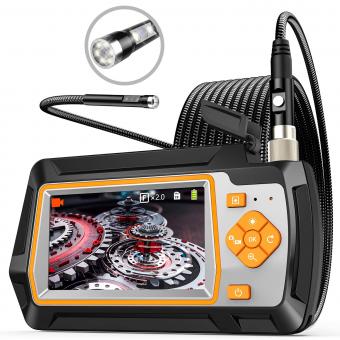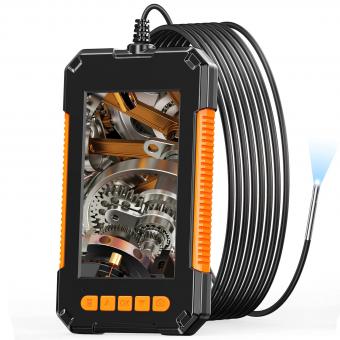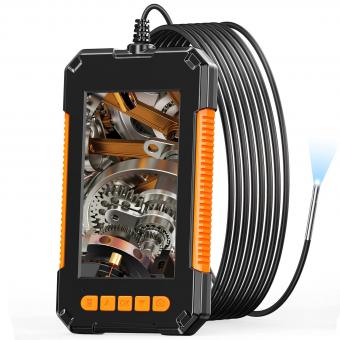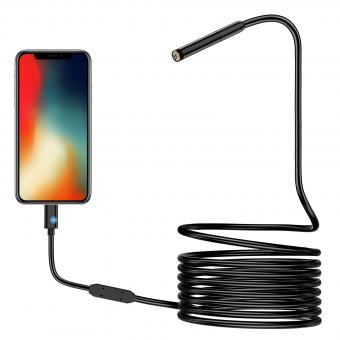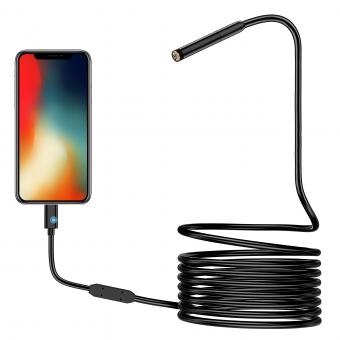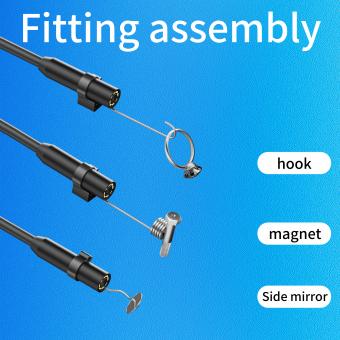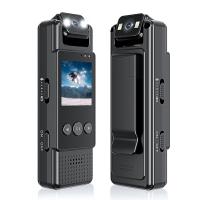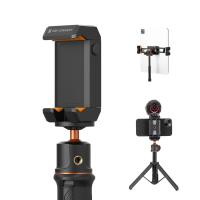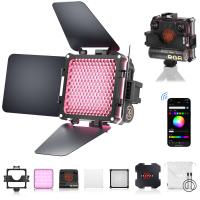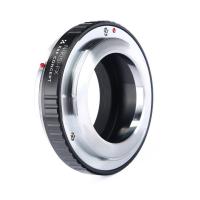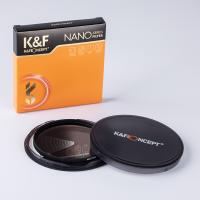What Does Endoscope Mean ?
An endoscope is a medical device used to examine the interior of a hollow organ or cavity within the body. It is a flexible or rigid tube with a light source and a camera attached to it, allowing doctors to visualize and capture images or videos of the internal structures. Endoscopes are commonly used in various medical procedures, such as gastrointestinal endoscopy, bronchoscopy, cystoscopy, and arthroscopy. They can help diagnose and treat conditions by providing a direct view of the affected area, enabling doctors to detect abnormalities, take biopsies, remove polyps or foreign objects, and perform minimally invasive surgeries. Endoscopy is a valuable tool in modern medicine, as it allows for accurate diagnosis and treatment without the need for more invasive procedures.
1、 Medical device for visualizing internal body structures
An endoscope is a medical device used for visualizing internal body structures. It is a flexible or rigid tube with a light source and a camera attached to it, allowing doctors to examine and diagnose various conditions inside the body without the need for invasive surgery. The endoscope can be inserted through natural body openings such as the mouth, anus, or urethra, or through small incisions made in the skin.
The endoscope has revolutionized the field of medicine by providing a minimally invasive approach to diagnosis and treatment. It allows doctors to directly visualize and assess the condition of organs, tissues, and cavities, enabling them to detect abnormalities, take biopsies, and even perform certain surgical procedures.
In recent years, there have been significant advancements in endoscopic technology. The development of high-definition cameras and improved lighting systems has enhanced the clarity and quality of the images obtained during endoscopic procedures. Additionally, the miniaturization of endoscopes has allowed for easier access to narrow and hard-to-reach areas of the body.
Furthermore, the integration of robotics and artificial intelligence (AI) into endoscopic systems has opened up new possibilities in the field. Robotic-assisted endoscopy allows for more precise and controlled movements, reducing the risk of complications. AI algorithms can analyze the captured images in real-time, aiding in the detection of abnormalities and assisting doctors in making accurate diagnoses.
Overall, the endoscope continues to play a crucial role in modern medicine, enabling doctors to visualize internal body structures and provide effective diagnosis and treatment options. With ongoing advancements, the future of endoscopy holds even greater potential for improving patient outcomes and expanding the scope of minimally invasive procedures.
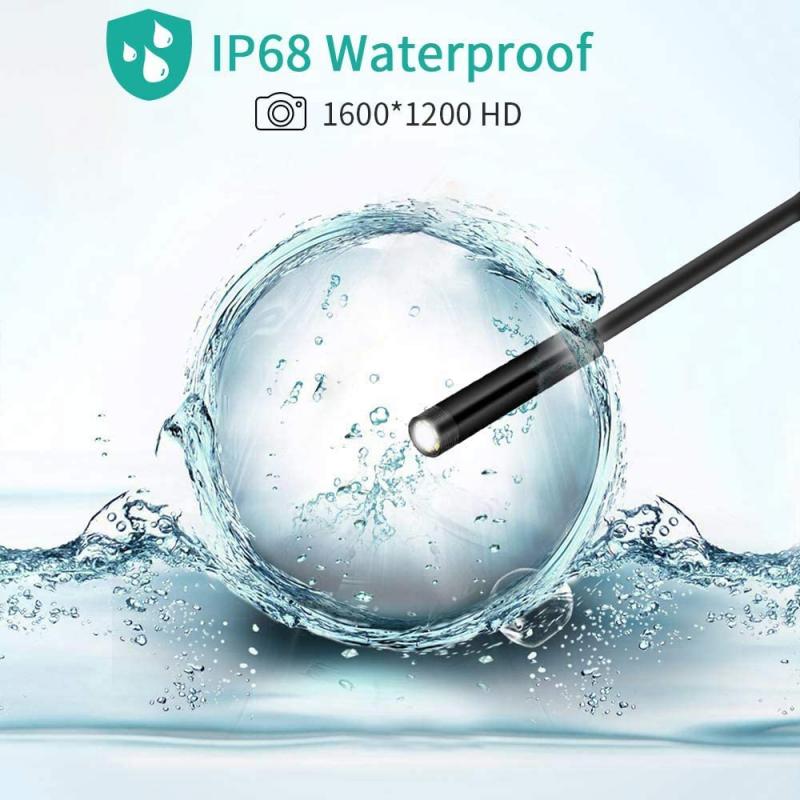
2、 Flexible tube with light and camera for diagnostic procedures
An endoscope is a flexible tube with a light and camera that is used for diagnostic procedures. It is a medical device that allows doctors to visualize and examine the internal organs and structures of the body without the need for invasive surgery. The endoscope is inserted into the body through a natural opening or a small incision, and it provides real-time images of the internal organs on a monitor.
The endoscope has revolutionized the field of medicine by enabling doctors to diagnose and treat a wide range of conditions with minimal invasiveness. It has replaced the need for more invasive procedures such as exploratory surgery, which can be more risky and require longer recovery times.
The latest advancements in endoscopic technology have further improved its capabilities. Modern endoscopes are equipped with high-definition cameras that provide clearer and more detailed images. They also have additional features such as the ability to capture images and videos, as well as tools for performing therapeutic procedures such as biopsies or removing polyps.
Furthermore, there have been significant developments in the miniaturization of endoscopes, allowing them to be used in more delicate and hard-to-reach areas of the body. For example, capsule endoscopy involves swallowing a small pill-sized camera that travels through the digestive system, capturing images along the way.
In conclusion, an endoscope is a flexible tube with a light and camera that is used for diagnostic procedures. It has greatly improved the field of medicine by providing a less invasive and more accurate way to visualize and examine internal organs. The latest advancements in endoscopic technology have further enhanced its capabilities, making it an invaluable tool in modern healthcare.
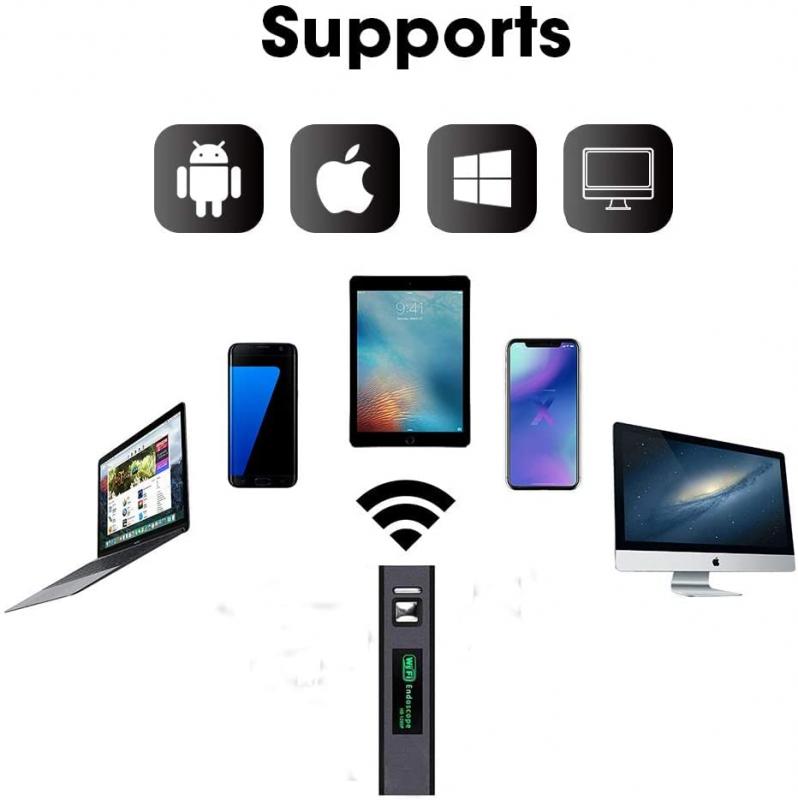
3、 Minimally invasive tool used in surgeries and examinations
An endoscope is a minimally invasive tool used in surgeries and examinations. It is a long, flexible tube with a light and a camera attached to its end, allowing doctors to visualize and access internal organs and structures without the need for large incisions. The word "endoscope" is derived from the Greek words "endo" meaning "within" and "skopein" meaning "to look".
Endoscopes are commonly used in various medical specialties, including gastroenterology, urology, gynecology, and orthopedics. They provide real-time imaging of the internal body parts, enabling doctors to diagnose and treat conditions such as gastrointestinal disorders, urinary tract problems, and joint injuries. The images captured by the endoscope can be displayed on a monitor, allowing the medical team to have a clear view of the area being examined.
Advancements in technology have led to the development of more sophisticated endoscopes. Modern endoscopes are equipped with high-definition cameras, allowing for better visualization of the internal structures. Additionally, some endoscopes have additional features such as the ability to take biopsies or perform therapeutic interventions, reducing the need for additional procedures.
The use of endoscopes has revolutionized the field of surgery, as it offers numerous benefits compared to traditional open surgeries. Endoscopic procedures are generally associated with shorter hospital stays, reduced pain and scarring, and faster recovery times. Patients undergoing endoscopic procedures often experience less post-operative complications and have a lower risk of infection.
In conclusion, an endoscope is a minimally invasive tool used in surgeries and examinations to visualize and access internal organs and structures. It has significantly improved patient outcomes and has become an essential tool in modern medicine.
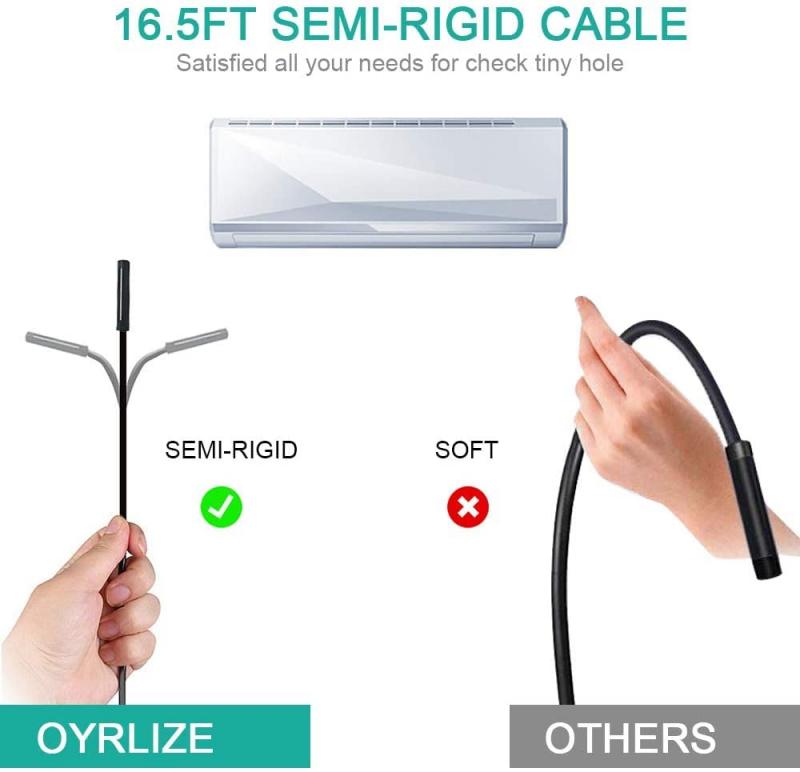
4、 Instrument for exploring and imaging the inside of organs
An endoscope is an instrument used in medical procedures to explore and image the inside of organs. It is a flexible or rigid tube with a light source and a camera attached to it, allowing doctors to visualize and examine areas that are otherwise difficult to access. The endoscope can be inserted through natural body openings such as the mouth, anus, or urethra, or through small incisions made during minimally invasive surgeries.
The primary purpose of an endoscope is to provide a visual examination of the internal organs, tissues, and cavities of the body. It enables doctors to diagnose and treat various medical conditions by directly observing the affected area. The images captured by the camera are displayed on a monitor, allowing the medical team to assess the situation and make informed decisions regarding further treatment.
In recent years, there have been significant advancements in endoscopic technology. High-definition cameras and improved lighting systems have enhanced the quality of images produced by endoscopes, providing clearer and more detailed visuals. Additionally, the development of miniaturized endoscopes has allowed for exploration of smaller and more delicate organs, further expanding the scope of endoscopic procedures.
Endoscopy has become an essential tool in various medical specialties, including gastroenterology, urology, pulmonology, and gynecology. It is commonly used for procedures such as colonoscopy, bronchoscopy, cystoscopy, and laparoscopy. These minimally invasive techniques offer numerous benefits to patients, including reduced pain, shorter recovery times, and lower risks of complications compared to traditional open surgeries.
In conclusion, an endoscope is an invaluable instrument for exploring and imaging the inside of organs. Its continuous advancements have revolutionized medical procedures, enabling doctors to diagnose and treat a wide range of conditions with greater precision and minimal invasiveness.


